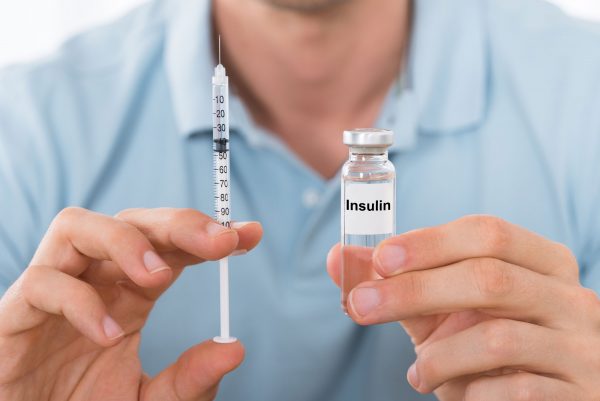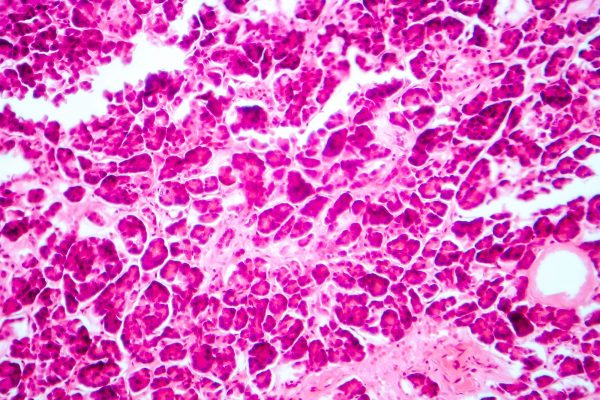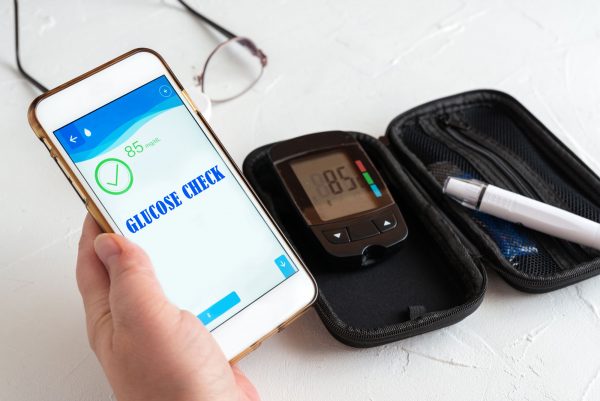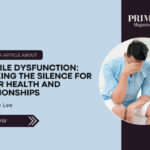Developments and things to note in the fight against diabetes
Singapore’s Diabetes Challenge
During the 2017 National Day Rally, Prime Minister Lee Hsien Loong highlighted Singapore’s diabetes crisis. He urged citizens to exercise, eat better, and go for regular check-ups.
The numbers were stark. One in nine Singaporeans has diabetes. Among those over 60, three in ten live with the disease. Rates differ across races: one in four Chinese, one in two Malays, and six in ten Indians over 60 have diabetes.
PM Lee called diabetes one of Singapore’s three key long-term issues. He warned, “It is precisely because many people are not worried that I am worried.”
Causes and Types

There are different types of diabetes, each with its own causes.
Type 1 diabetes is an autoimmune disease. The immune system attacks and destroys insulin-producing beta cells in the pancreas. Genes may play a role. Viruses may also trigger the immune system to act. About 10% of people with diabetes have this type.
Type 2 diabetes develops from a mix of genes and lifestyle. Extra body weight makes cells resist insulin. Families may share both genes and habits that raise the risk.
Gestational diabetes occurs during pregnancy due to hormonal changes. It often resolves after delivery, but it raises the future risk of type 2 diabetes.
Treatments
Doctors treat diabetes with a mix of approaches.
For Type 1, insulin is the main treatment. It replaces the hormone the body no longer produces.
For Type 2, lifestyle changes are vital. A healthy diet and regular exercise help control blood sugar. When lifestyle measures are not enough, doctors prescribe medication to lower glucose levels.
Smart Insulin

New research offers hope. One exciting development is “smart insulin,” or i-insulin.
This drug activates only when blood sugar rises. At low glucose levels, it stays bound and inactive. After a meal, higher glucose levels trigger insulin release into the bloodstream. This helps regulate sugar more safely.
Smart insulin is still in testing. More trials are needed before it becomes widely available. If successful, it could transform diabetes care.
Islet Transplantation

Another promising option is pancreatic islet transplantation.
In this procedure, doctors take islets containing healthy beta cells from a donor pancreas. They inject these into a vein that carries blood to the liver. The cells then produce insulin inside the patient’s body. Many people need more than one infusion to reduce or stop insulin use.
Not all patients qualify. Doctors consider this treatment for people with unstable blood sugar, frequent severe hypoglycemia, or hypoglycemia unawareness. Patients who have had, or plan to have, a kidney transplant may also be eligible.
Recipients must take immunosuppressant drugs to prevent rejection. For kidney transplant patients, the added risk is lower since they already take these drugs.
The benefits can be life changing. Patients may need fewer insulin injections, achieve better glucose control, and regain awareness of low blood sugar. These improvements reduce dangerous episodes and enhance quality of life.

Everyday Action Steps

While research advances, daily management remains essential. Here are practical steps to reduce risks and manage diabetes:
-
If you are over 45 or at risk, take a blood test.
-
Discuss results and treatment options with your doctor.
-
Choose healthy carbohydrates such as fruits, vegetables, and whole grains.
-
Control blood glucose, blood pressure, and cholesterol as early as possible.
-
Cut down on processed foods, restaurant meals, and added salt.
-
Aim to lose 5–10kg early in type 2 diabetes. Keeping it off improves long-term health.
-
Stay actively involved in your own care.
Final Word
Diabetes remains one of Singapore’s most serious health challenges. Treatments are improving, with smart insulin and islet transplantation offering new hope. Still, prevention and active self-care are the most powerful tools we have today.
Get a copy of our latest PRIME magazine to learn more.
Watch this video on Diseplling the Myth of Diabetes by Dr Ng Jen Min, Ben













